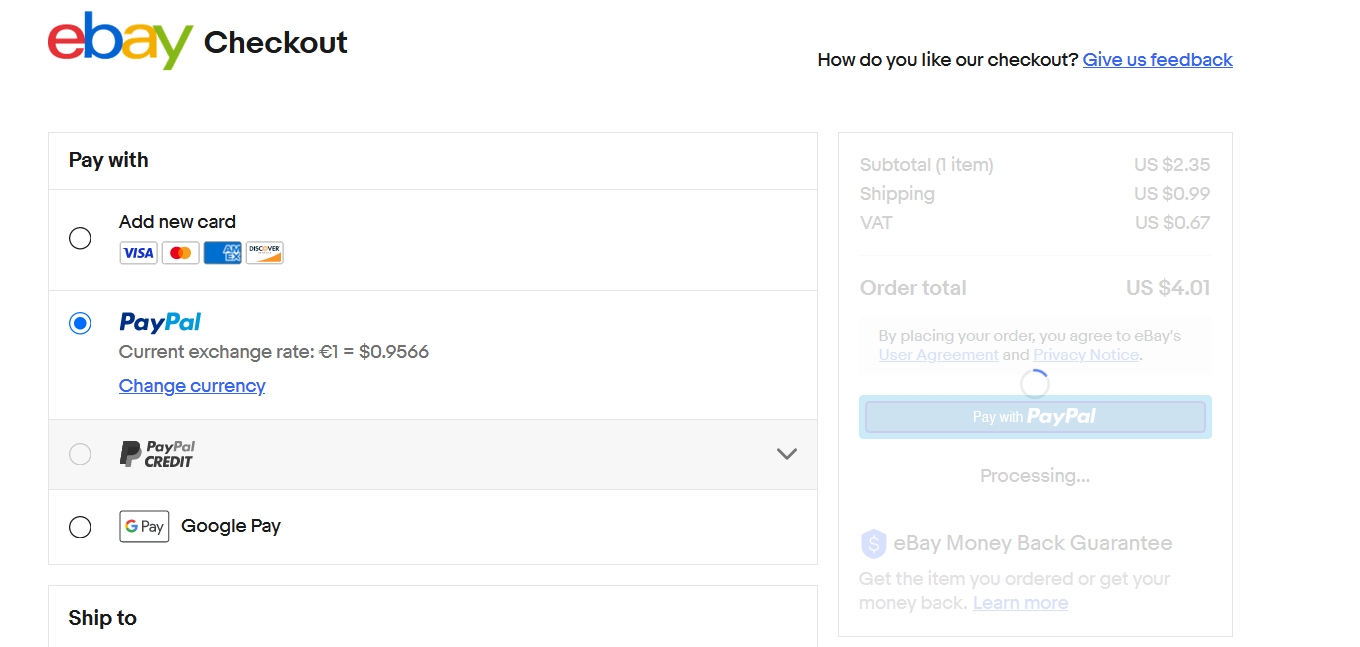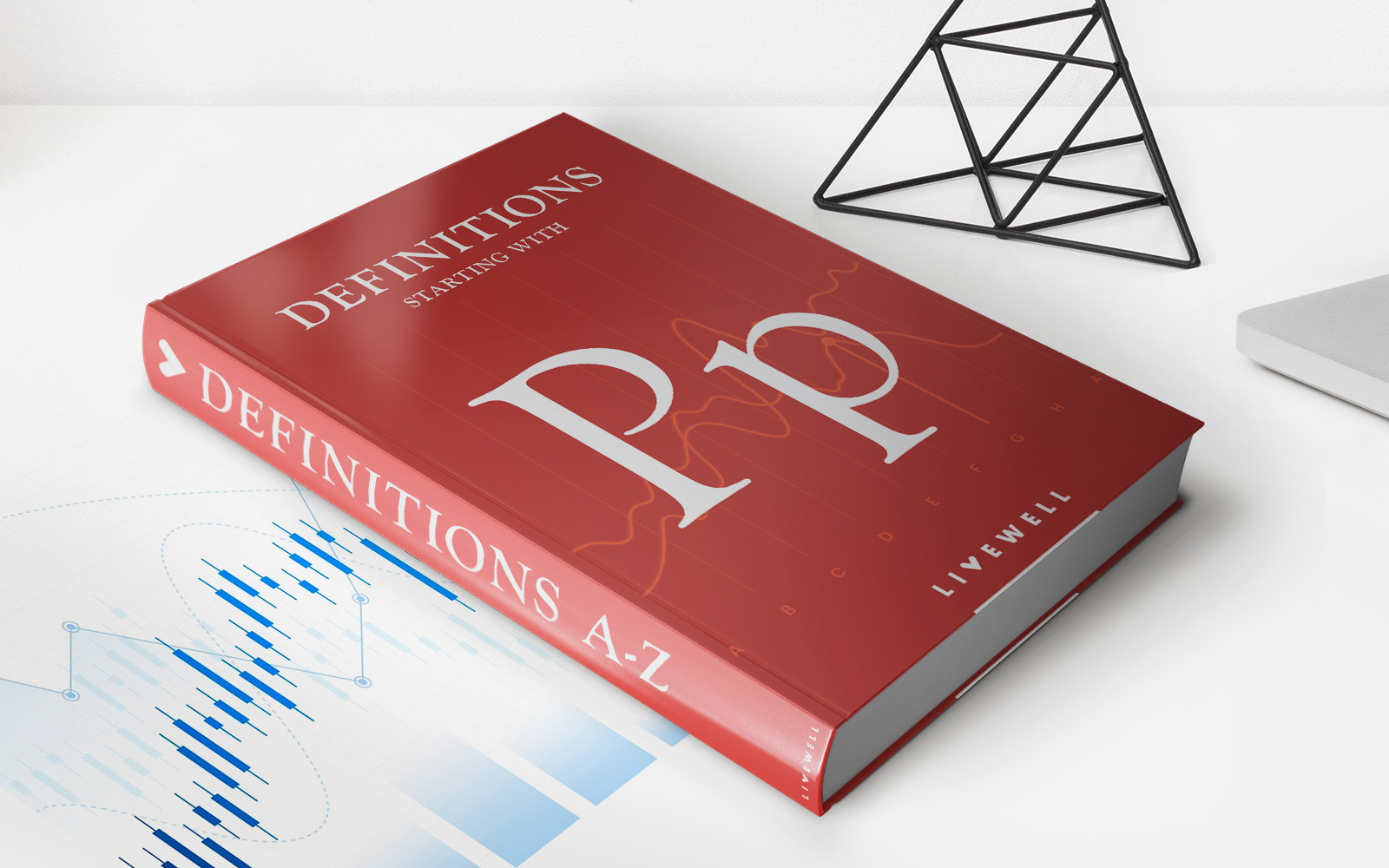

Finance
How To Find Insurance Policy Limits
Published: November 19, 2023
Looking for insurance policy limits? Learn how to find the right coverage for your financial needs with our expert finance tips.
(Many of the links in this article redirect to a specific reviewed product. Your purchase of these products through affiliate links helps to generate commission for LiveWell, at no extra cost. Learn more)
Table of Contents
Introduction
Welcome to the world of insurance policy limits! If you’ve ever wondered how much coverage your insurance policy provides, you’re in the right place. Insurance policy limits refer to the maximum amount of money an insurance company will pay out for a specific type of claim. Understanding these limits is crucial for both policyholders and anyone considering filing a claim against an insured individual or company.
Insurance policies are designed to protect us from unexpected events, whether it’s an automobile accident, a natural disaster, or a liability claim. However, it’s important to know the precise limits of your policy to avoid any surprises in the event of a claim. The last thing you want is to assume you have full coverage only to find out there are limitations to what the insurance company will pay.
In this article, we’ll explore the various ways you can find out the insurance policy limits for your specific coverage. Whether you’re a policyholder or someone looking to file a claim, it’s essential to have this information at your disposal before making any decisions. Keep in mind that insurance policy limits can vary depending on the type of policy you have and the specific terms and conditions outlined within it.
Knowing the policy limits is especially critical in situations where damages or liabilities exceed those limits. In such cases, policyholders may become personally responsible for any additional costs beyond what the insurance company is willing to pay. Similarly, if you’re considering filing a claim against someone who has insurance coverage, understanding their policy limits will help you determine if it’s worth pursuing legal action.
In the following sections, we will discuss different methods of finding insurance policy limits. From reviewing your insurance policy and contacting your insurance agent to conducting online research and seeking legal advice, we will provide you with the necessary tools to access this vital information. Let’s dive in and demystify insurance policy limits together!
Understanding Insurance Policy Limits
Insurance policy limits are the maximum amount an insurance company will pay out for a covered claim. These limits are set by the insurance company and are specified in the insurance policy contract. Understanding these limits is crucial for policyholders and those considering filing a claim, as it can determine the extent of coverage and financial protection.
Insurance policy limits can come in different forms, depending on the type of coverage. Some common types of policy limits include:
- Per Occurrence Limit: This is the maximum amount the insurance company will pay for a single claim or incident. For example, if your auto insurance policy has a per occurrence limit of $50,000 for property damage, the insurer will only pay up to that limit in the event of a covered accident.
- Aggregate Limit: This is the maximum amount the insurance company will pay for multiple claims within a specific policy period. It represents the total coverage available during that time. Once the aggregate limit is reached, the insurer will not pay for any further claims until the policy period is renewed.
- Split Limit: This refers to having separate limits for different types of coverage within a single policy. For example, an auto insurance policy may have split limits of $25,000 for bodily injury per person, $50,000 for bodily injury per accident, and $10,000 for property damage.
- Combined Single Limit: This is a single overall limit that applies to all covered claims, regardless of the type of coverage. For example, if your liability insurance policy has a combined single limit of $100,000, that amount will be available to cover both bodily injury and property damage claims.
Policy limits are often denoted with a numerical value, such as $100,000 or $500,000, but can also be expressed as a coverage level, such as basic or comprehensive. It’s important to review your insurance policy documentation to understand the specific limits that apply to your coverage.
It’s essential to note that insurance policy limits may not cover the total cost of a claim. If damages or liabilities exceed the policy limits, the insured party may be responsible for the remainder of the costs. This is why it’s crucial to evaluate your coverage needs and consider purchasing higher policy limits if necessary.
Understanding the policy limits is equally important for individuals filing a claim against someone who has insurance coverage. By knowing the insurance policy limits of the responsible party, claimants can assess if pursuing legal action is worthwhile and if the potential compensation will adequately cover their damages.
In the next sections, we will discuss the steps you can take to find the insurance policy limits for your specific coverage.
Reviewing Your Insurance Policy
The first and most straightforward way to find out your insurance policy limits is to review the actual policy documentation provided by your insurance company. This document contains all the details of your coverage, including the specific limits that apply to each type of claim.
Start by locating your insurance policy paperwork, either in physical or digital form. Carefully read through the policy, paying close attention to the sections that outline the coverage limits. Look for terms such as “policy limits,” “maximum coverage,” or “limits of liability.” These sections will provide you with the necessary information about the maximum amount your insurance company will pay out for different types of claims.
When reviewing your insurance policy, keep in mind that the limits might vary depending on the type of coverage. For example, if you have an auto insurance policy, there may be separate limits for bodily injury liability, property damage liability, and personal injury protection (PIP) coverage.
Take note of the different limit amounts specified in your policy and ensure that they align with your coverage needs. If you feel that the limits are insufficient, contact your insurance agent to discuss the possibility of increasing your coverage limits or explore other insurance options that better suit your needs.
It’s essential to thoroughly understand your insurance policy, including the policy limits, as this can greatly impact your financial protection in the event of an unexpected incident. Do not hesitate to reach out to your insurance company or agent for clarification on any aspects of your policy that you find confusing or unclear.
By reviewing your insurance policy, you will obtain accurate and up-to-date information about your coverage limits. However, if you still have questions or need further assistance, it’s recommended to contact your insurance agent for personalized guidance.
In the next section, we will discuss the importance of contacting your insurance agent to gather information about your insurance policy limits.
Contacting Your Insurance Agent
If you have trouble understanding your insurance policy or need more information about your policy limits, contacting your insurance agent is a valuable step to take. Your insurance agent is a licensed professional who can provide you with the guidance and clarification you need regarding your policy.
Start by finding the contact information for your insurance agent. This information is typically provided on your insurance policy documentation, billing statements, or the insurance company’s website. Give them a call or send them an email explaining your questions or concerns about your policy limits. Remember to provide them with your policy number for reference.
Your insurance agent is well-versed in the intricacies of insurance policies and can provide you with detailed information about your specific coverage limits. They can explain how the limits apply to different types of claims, such as bodily injury, property damage, or personal liability. They can also guide you on any additional coverage options available to you, such as umbrella insurance, which can provide extra protection above and beyond your existing policy limits.
During your conversation with your insurance agent, take the opportunity to ask about any possible discounts or cost-saving measures that may be available to you. It’s important to regularly review your policy limits and coverage to ensure they align with your needs and budget. Your agent can help you make any necessary adjustments to your policy to provide you with adequate coverage while keeping your premiums affordable.
Remember that insurance agents are there to assist you and provide you with the information you need to make informed decisions about your insurance coverage. Don’t hesitate to ask questions and seek clarification to ensure that you fully understand your policy limits and the protection provided by your insurance policy.
If you are dissatisfied with the information or assistance provided by your insurance agent, you may consider contacting the insurance company directly for further clarification or seek assistance from a different agent within the same company.
In the next section, we will explore how online research can be a valuable resource for finding insurance policy limits.
Conducting Online Research
When trying to find insurance policy limits, conducting online research can be a valuable source of information. The internet provides access to a wealth of resources that can help you gather information about insurance policies and their associated limits.
Start by visiting the website of your insurance company. Most insurance companies have an online portal or customer service section where you can access policy documents and review the details of your coverage. Log into your account or enter your policy information to access the relevant information, which may include specific policy limits for each type of coverage.
In addition to your insurance company’s website, there are other online resources you can explore. General insurance websites, industry publications, and financial forums often provide valuable insights on insurance policy limits. Look for articles, guides, or forums that discuss the topic of insurance policy limits or provide advice on understanding insurance policies.
Be cautious when relying on third-party websites or sources for information about insurance policy limits, as the accuracy and reliability can vary. It’s always a good idea to cross-reference the information you gather with your actual policy documentation or consult with your insurance agent for confirmation.
Another useful online research method is to search for case studies or examples of claims similar to yours. This can give you an idea of the potential limits and payouts that others have received for similar types of claims. However, keep in mind that every insurance policy is unique, so the coverage and limits may differ between policies and individuals.
Online research can also help you compare insurance policies and coverage options. If you’re in the market for insurance or considering switching providers, utilize online comparison platforms to assess different policies from multiple insurance companies. This can give you a better understanding of the policy limits offered by various insurers and help you make an informed decision about your coverage.
Remember that while online research can provide valuable insights, it should not be the sole basis for determining your insurance policy limits. The most accurate and up-to-date information will come directly from your insurance company or agent.
In the following section, we will discuss the option of seeking legal advice to obtain information about insurance policy limits.
Seeking Legal Advice
If you’re facing a situation where you need to understand the insurance policy limits of another party, seeking legal advice can be a wise decision. An attorney specializing in insurance law can provide valuable insights and guidance regarding policy limits and potential legal implications.
When seeking legal advice, start by consulting with an attorney experienced in insurance matters. They will have in-depth knowledge of insurance policies and can help you navigate through the complexities of policy limits. They can review your case, analyze the insurance policy involved, and provide an assessment of the potential coverage and limits.
During your consultation with the attorney, make sure to provide them with all relevant details, including the type of claim, the responsible party’s insurance company, and any available documentation related to the incident. This information will help the attorney accurately evaluate your case and provide advice tailored to your specific situation.
An attorney can assist you in interpreting the insurance policy language and understanding how the policy limits apply to your claim. They can also analyze any applicable laws or regulations that may impact the coverage or limits. Additionally, they can guide you through the process of filing a claim, negotiating with the insurance company, or, if needed, pursuing legal action to ensure you receive fair compensation.
Keep in mind that seeking legal advice can have associated costs, so it’s important to discuss the attorney’s fees and payment structure during your initial consultation. Some attorneys provide free or low-cost initial consultations, which can be helpful in determining if legal representation is necessary for your specific situation.
By seeking legal advice, you can gain a deeper understanding of the insurance policy limits related to your case. An attorney can navigate the complexities of insurance law and provide you with valuable guidance to help you make informed decisions about your legal options.
In the next section, we will explore other ways to find insurance policy limits beyond reviewing your policy, contacting your agent, conducting online research, and seeking legal advice.
Other Ways to Find Insurance Policy Limits
Aside from reviewing your insurance policy, contacting your insurance agent, conducting online research, and seeking legal advice, there are a few additional methods you can employ to find insurance policy limits.
One option is to reach out directly to the insurance company. Many insurance companies have customer service departments that can provide assistance and answer specific questions about policy limits. By contacting the insurance company’s customer service line or sending an email inquiry, you may be able to obtain information about the policy limits related to your coverage.
Another approach is to consult with professionals who work closely with insurance policies. Insurance adjusters, for instance, handle claims and are knowledgeable about policy limits. If you are involved in a claim, engaging in a discussion with the assigned insurance adjuster might give you insight into the limits that apply to your specific case.
Additionally, if you have a personal injury attorney who is representing you in a claim, they can also assist in determining policy limits. Attorneys often have experience working with insurance companies and policies and can leverage their expertise to provide insights into the limits of the insurance policy in question.
Public records can be another avenue to explore. In some cases, court records or legal proceedings related to an insurance claim may provide information about policy limits. While accessing public records can take some effort, it can be worth investigating for cases with potentially higher policy limits or complex liability issues.
Lastly, networking with individuals who have faced similar situations may provide useful insights. Online forums, support groups, or community organizations can offer opportunities to connect with individuals who have dealt with insurance claims. Conversations with these individuals might shed light on their experiences with policy limits and help you gain a better understanding of what to expect.
It’s important to note that while these methods may provide additional information about insurance policy limits, they should be used in conjunction with and not as a substitute for the primary approaches discussed earlier. It’s always best to rely on the most accurate and official sources of information, such as your policy documentation, insurance agent, or legal professionals.
By utilizing various resources and methods, you can increase your understanding of insurance policy limits and ensure that you have the necessary information to make informed decisions about your coverage or any potential claims.
Now, let’s summarize the main points discussed in this article.
Conclusion
Understanding insurance policy limits is essential for both policyholders and individuals involved in potential claims. By knowing the maximum amount an insurance company will pay out for a specific type of claim, you can make informed decisions about your coverage and financial protection.
To find insurance policy limits, start by reviewing your insurance policy documentation. Pay close attention to the sections that outline the coverage limits for different types of claims. If you have questions or need further clarification, reach out to your insurance agent who can provide personalized assistance and guidance.
Conducting online research can also be valuable. Visit your insurance company’s website, explore insurance comparison platforms, and seek information from reputable sources to gather insights into policy limits. However, be cautious about relying solely on online research, as it’s always best to confirm information with your insurance agent or policy documentation.
For individuals involved in potential claims against insured parties, seeking legal advice from an attorney specializing in insurance law can be beneficial. They can navigate the complexities of insurance policies and assist in understanding policy limits, allowing you to make well-informed decisions regarding your legal options.
In addition to these primary methods, contacting the insurance company directly, consulting with professionals in the insurance industry, exploring public records, and networking with others who have faced similar situations can provide further insights into insurance policy limits.
Remember, insurance policy limits can vary depending on factors such as the type of coverage, specific policy terms, and applicable laws and regulations. It’s crucial to regularly review your coverage needs and consider adjusting your policy limits if necessary to ensure adequate financial protection.
By utilizing the various methods discussed in this article, you can effectively find insurance policy limits and make informed decisions that align with your coverage needs and protect your financial interests.














